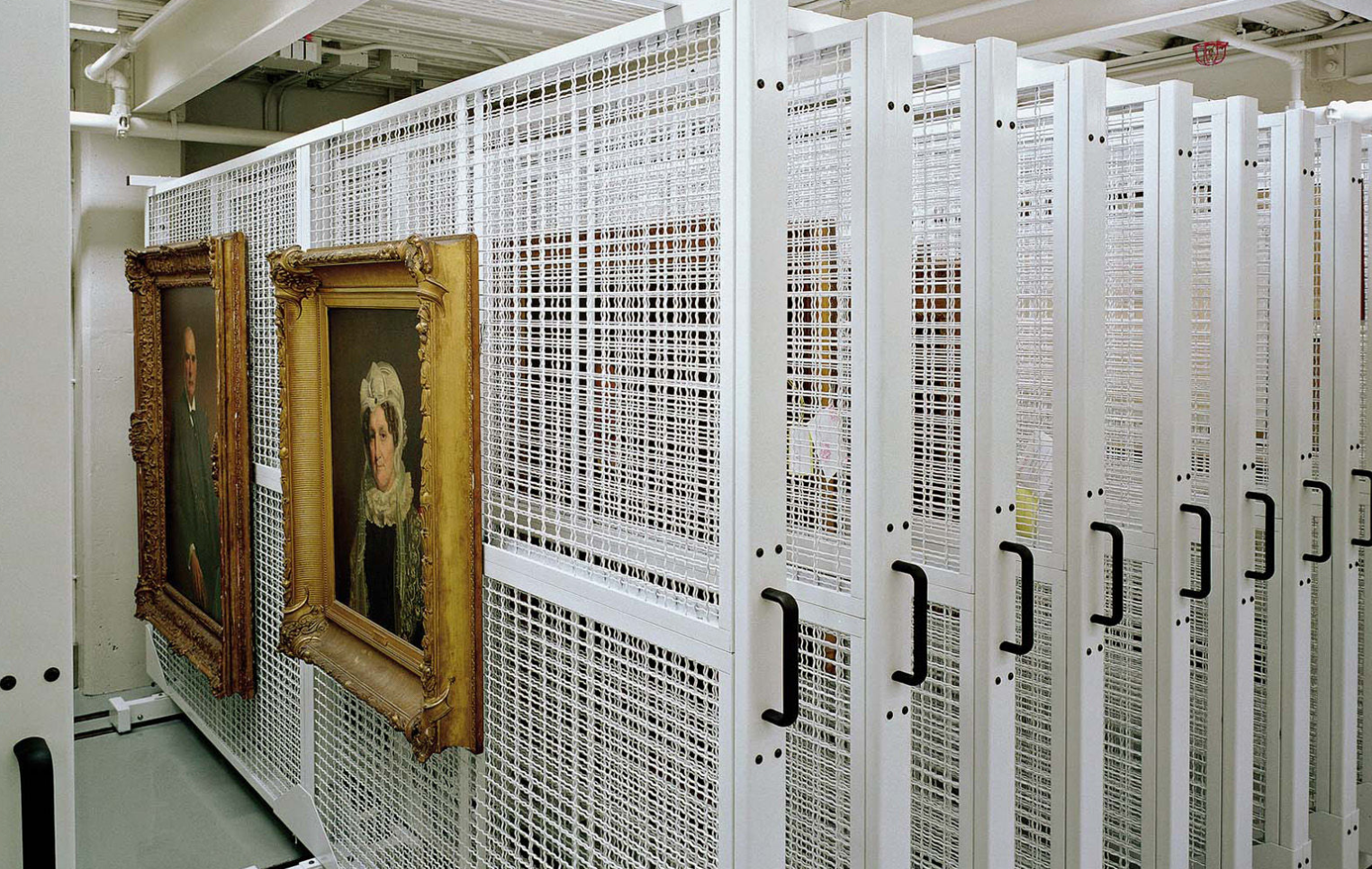Fuente: RPBW
Fotografía: Michel Denancé
Creating additional space for the Morgan Library in the heart of Manhattan was a particular challenge. This elegant group of buildings, a ‘village of memory’ is surrounded by the dense urban fabric of New York City, a seemingly solid physical barrier around the site. Rather than building upwards, Renzo Piano Building Workshop decided to dig downwards into the hard rock to build a sort of underground vault in which to house the library’s rare book collection. With surgical precision, new steel and glass units were inserted in and amongst the existing buildings.
The Morgan Library required new public spaces, safe and organized storage areas for the collection itself, an auditorium for chamber music, and a new reading room, all whilst preserving the Library’s original classified buildings: the McKim’s building (1906), the Annex (1928), and the brownstone Morgan House at 231 Madison Avenue, former home of the Morgan family. The requested total expansion of nearly 10,000 sq m within the tight confines of the site was achieved by taking the site back to its original three buildings and recovering additional space underground, excavating to a depth of 17m.
RPBW designed three new pavilions connected to the historic buildings, leaving a large open ‘plaza’ at the centre of the Morgan complex that could be used for public functions and as a metaphorical breathing space for visitors. The three historic buildings, the plaza and the new pavilions meet under a steel and glass transparent roof.
The largest pavilion, located on Madison Avenue between Morgan House and the Annex, provides a new entrance at ground level, an exhibition area on the first floor and the new Reading room on the second floor. The smaller cube-shaped pavilion, located on the 36th Street between the Annex and the McKim building, is an exhibition space. This pavilion and the new Reading room are naturally lit from above. The third pavilion, adjacent to the Morgan House, contains office space and a number of service areas. All of the exhibition buildings are clad in steel panels.
Below ground is the Gilder Lehrman Hall, an auditorium with a capacity of 299. While its acoustics have been designed for chamber music concerts, the auditorium can also be used as a conference or projection room thanks to the acoustic modularity of the room. New temperature and humidity-controlled storage for the Library collection is laid out over three communicating floors.
STATUS: Completed
CLIENT: The Morgan Library
DESIGN: Renzo Piano Building Workshop in collaboration with Beyer Blinder Belle LLP (New York), architects
DESIGN TEAM: G.Bianchi (partner in charge), K.Doerr, T.Sahlmann with A.Knapp, Y.Pages, M.Reale and P.Bruzzone, M.Cook, S.Abe, M.Aloisini, L.Bouwman, J.Hart, H.Kybicova, M.Leon; Y.Kyrkos, C.Colson, O.Aubert (models)
CONSULTANTS: Robert Silman Associates (structure); Cosentini Associates (services); Ove Arup & Partners (thermal performance and lighting); Front (façade consultant); Kahle Acoustics (acoustics); Harvey Marshall Associates (A/V consultant); IROS (elevator design); HM White (landscape); Stuart-Lynn Company (cost consultant)
FOUNDATION ARCHIVE PAGE: Renovation and Expansion of the Morgan Library
Esta entrada aparece primero en HIC Arquitectura http://hicarquitectura.com/2019/09/renzo-piano-the-morgan-library/
















No hay comentarios:
Publicar un comentario